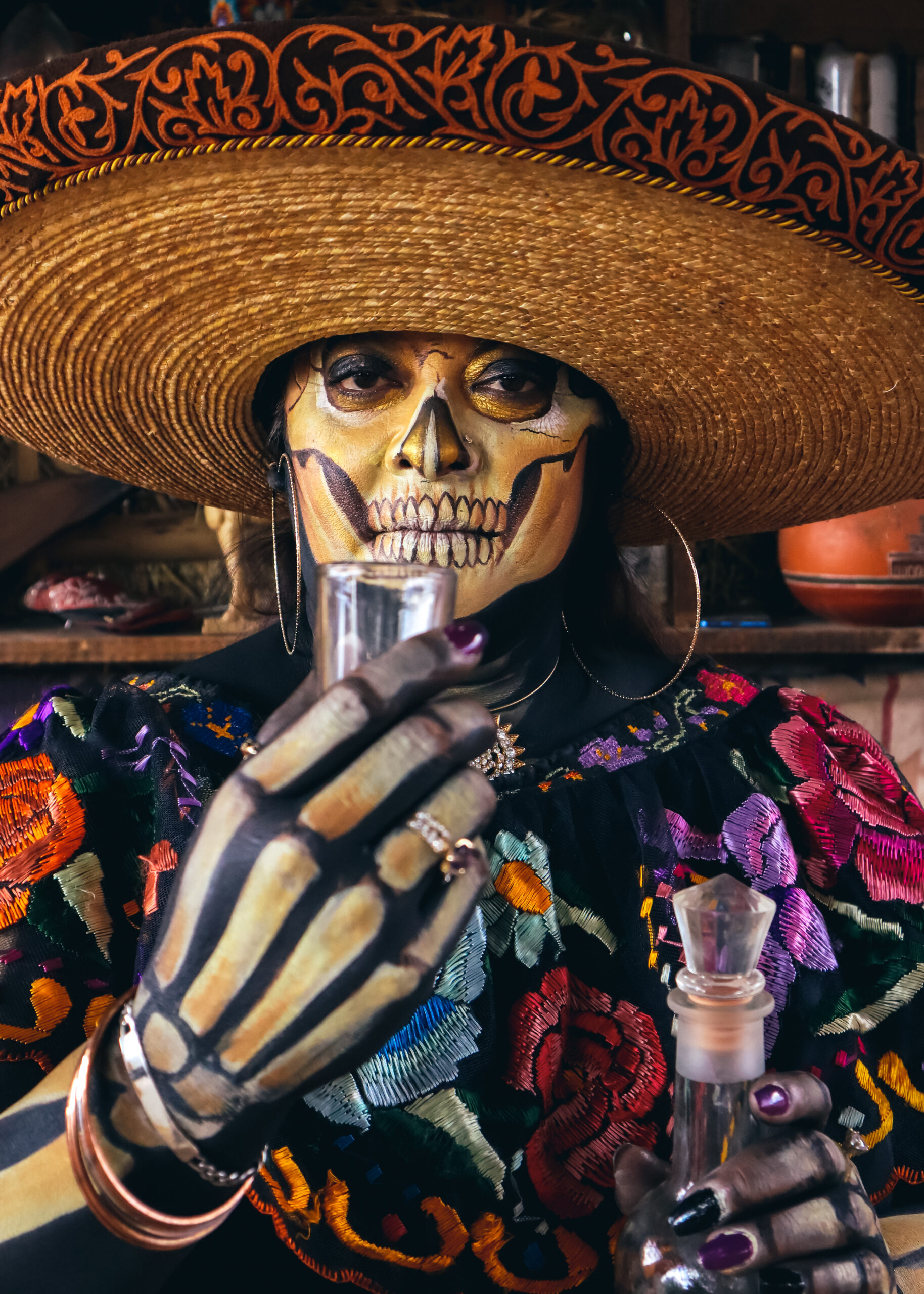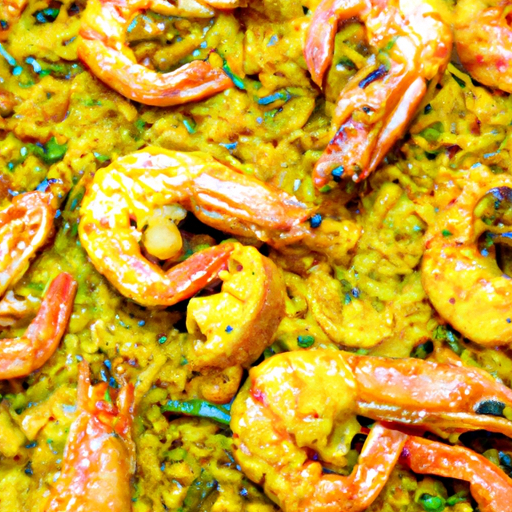Embark on a tantalizing journey through the rich culinary heritage of Spain with Tastepan.com. From the world-renowned Paella to the delectable Tapas and the enchanting Flamenco, Spain offers a diverse and vibrant food culture that will ignite your taste buds and leave you craving for more. Discover the origins, flavors, and stories behind these iconic dishes, as we invite you to immerse yourself in the authentic tastes and traditions that define Spanish cuisine. Whether you’re a seasoned foodie or a curious explorer, this article is sure to awaken your senses and deepen your appreciation for the global tapestry of flavors. So grab a fork and get ready to savor the delicious delights of Spain’s culinary legacy.
Spanish Cuisine
Spain’s culinary heritage is rich and diverse, offering a wide range of delicious dishes and flavors. Spaniards take great pride in their cuisine, which is known for its bold flavors, fresh ingredients, and deep-rooted traditions. The characteristics of Spanish cuisine, its regional variations, and the influence of history and geography all contribute to the unique and vibrant food culture of the country.

Characteristics of Spanish cuisine
Spanish cuisine is characterized by its emphasis on simplicity and the use of high-quality ingredients. Fresh produce, such as tomatoes, peppers, and olive oil, feature prominently in many traditional dishes. The Spanish love for seafood is also evident in their cuisine, with fresh fish and shellfish playing a central role in coastal regions.
One of the defining characteristics of Spanish food is its bold flavors. From the piquant heat of paprika to the rich smokiness of chorizo, Spanish dishes are known for their intensity and depth of flavor. This can be attributed to the generous use of herbs and spices, such as saffron, garlic, thyme, and oregano.
Another notable aspect of Spanish cuisine is its diversity. Each region in Spain has its own unique dishes and culinary traditions, showcasing the country’s rich cultural tapestry. Whether it’s the paella of Valencia, the pintxos of the Basque Country, or the gazpacho of Andalusia, there is always something new and exciting to discover in Spanish cooking.

Regional variations
Spain is a country of distinct regions, each with its own culinary traditions and specialties. The regional variations in Spanish cuisine are a testament to the country’s diverse geography, climate, and historical influences.
In the north, where the climate is cooler and wetter, you’ll find hearty dishes like fabada asturiana, a rich bean stew, and bacalao al pil-pil, a traditional Basque dish made with salted cod fish. The northern regions are also known for their artisanal cheeses and cider production.
Moving further south, you’ll encounter the vibrant flavors of Andalusia. Here, dishes like gazpacho, a refreshing cold tomato soup, and pescaíto frito, a variety of fried seafood, are staples. The influence of Moorish culture can be seen in the extensive use of ingredients such as almonds, honey, and spices like cumin and cinnamon.
In the mediterranean region, the cuisine takes on a lighter and more delicate character. Fresh seafood, rice dishes, and olive oil are the stars of the show. The iconic paella, originating from the region of Valencia, showcases the perfect harmony of flavors and textures in Spanish cooking.
The Basque Country, with its distinct culinary identity, is known for its pintxos, small bites typically served on bread. These flavorful morsels can be topped with a wide variety of ingredients, from seafood to charcuterie to roasted vegetables.

Influence of history and geography
The cuisine of Spain has been shaped by centuries of history and a unique blend of cultural influences. The country’s geographical location as a crossroads between Europe and Africa, as well as its historical interactions with various civilizations, have all contributed to the diverse and eclectic nature of Spanish food.
One of the most significant influences on Spanish cuisine was the period of Moorish rule, which lasted from the 8th to the 15th century. The Moors brought with them a rich culinary tradition that introduced new ingredients, techniques, and flavors to the Iberian Peninsula. This influence can be seen in dishes such as the aforementioned gazpacho and the use of spices like saffron and cumin.
The discovery of the Americas and the subsequent colonization of vast territories greatly enriched Spanish cuisine. The arrival of ingredients such as tomatoes, potatoes, chocolate, and various spices from the New World revolutionized the way Spaniards cooked and ate. These ingredients found their way into traditional dishes, creating new and exciting flavors.
Spain’s proximity to the Mediterranean Sea has also had a profound impact on its cuisine. The abundance of fresh seafood, olive oil, and vegetables in the region has shaped the way Spaniards cook and eat. The Mediterranean diet, with its emphasis on fresh, seasonal produce and a moderate consumption of meat and dairy, is a key pillar of Spanish gastronomy.
Overall, the history and geography of Spain have left an indelible mark on its cuisine. The interplay of cultural influences, the availability of high-quality ingredients, and the ingenuity of Spanish chefs have all contributed to the country’s vibrant and diverse culinary traditions. Spanish cuisine is an exploration of flavors, a celebration of history, and a reflection of the people and land that have shaped it.

